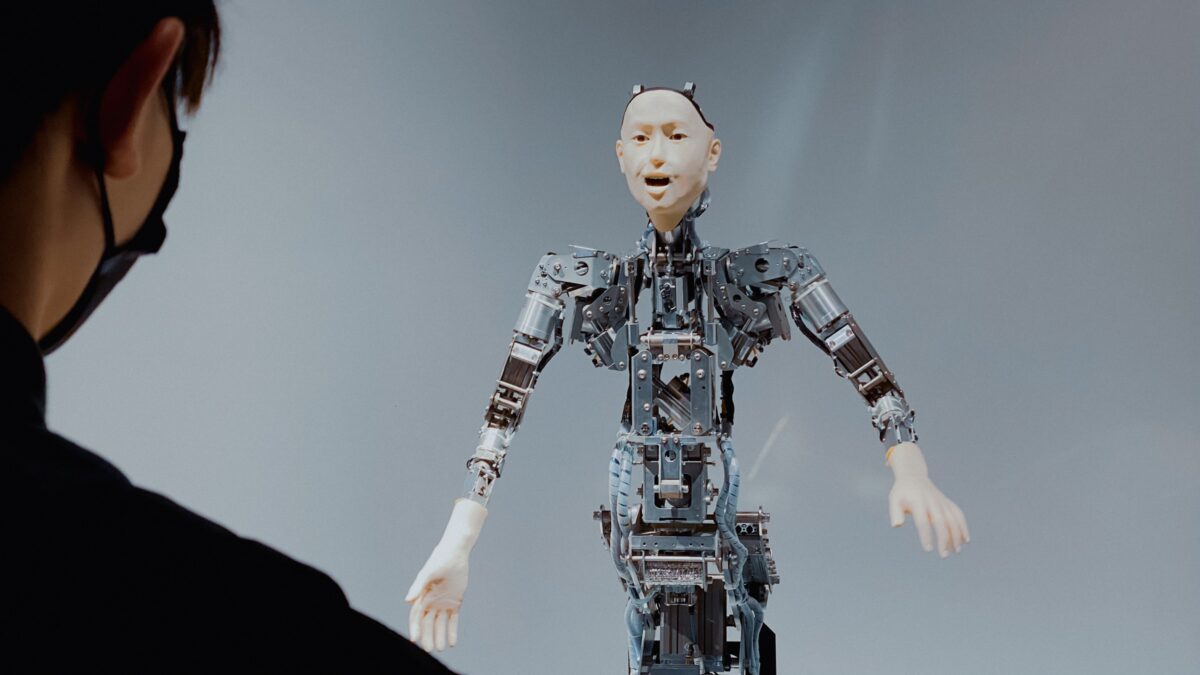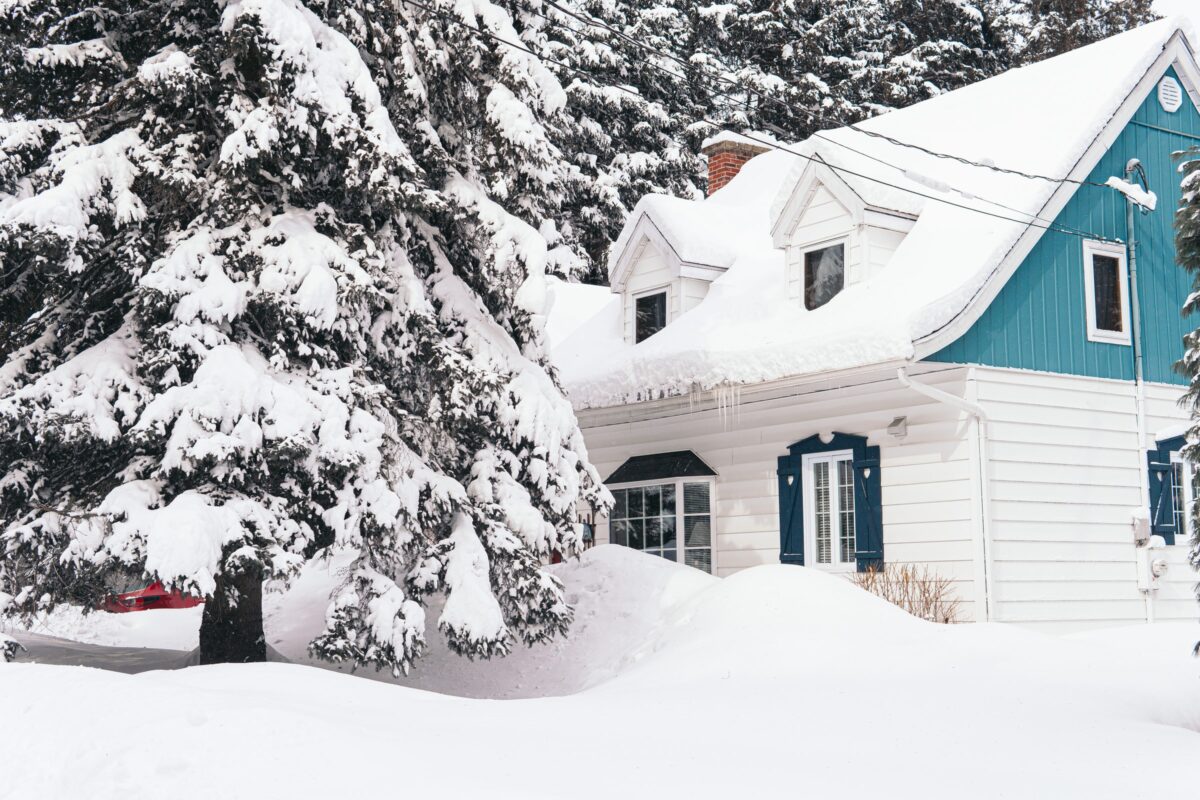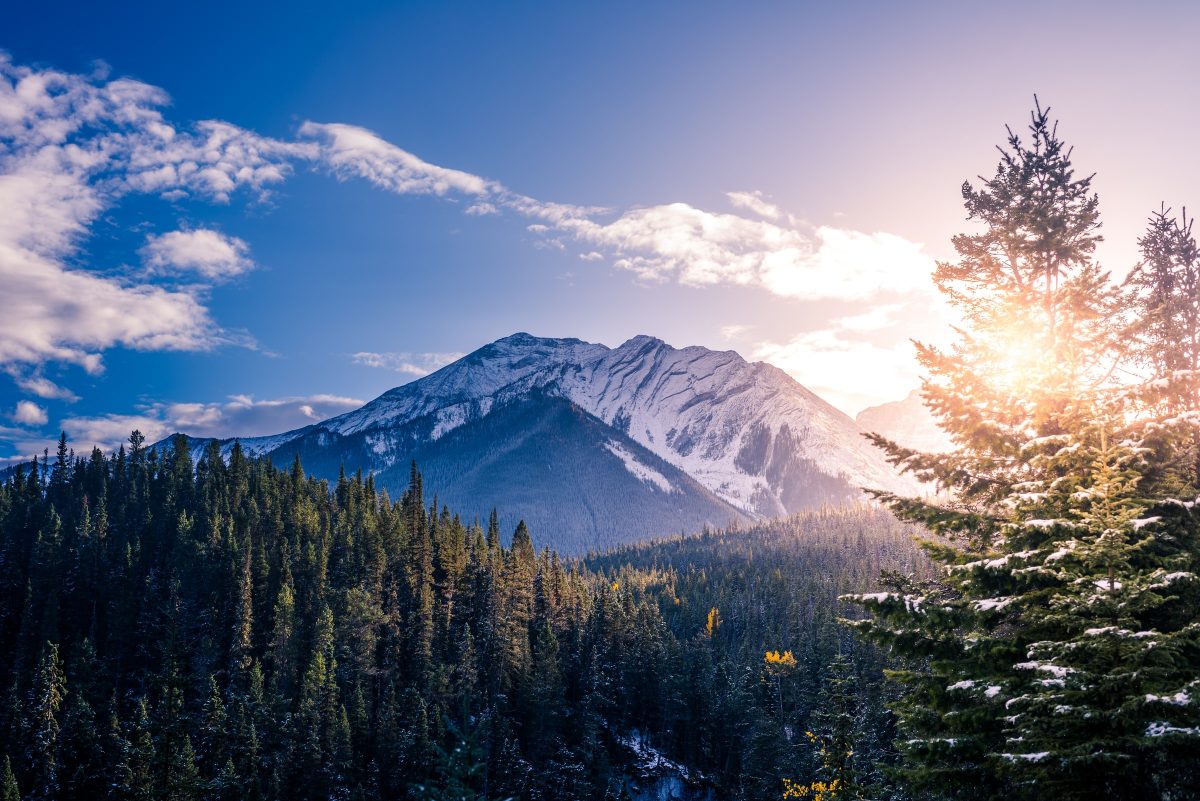Nathan Hrushkin and his dad have climbed through the Drumheller, Alta., zone for quite a long time.
The Calgary kid has consistently cherished dinosaurs, so it’s regular that the 12-year-old is a yearning scientist — figuring such a job is the simplest method to get very close with fossils.
This late spring, while at the same time climbing with his dad through Horseshoe Canyon in the Badlands district, Nathan made a disclosure at the head of a slope that would energize even the most prepared scientist.
“At the point when I took a gander at it, it was extremely, clearly a bone. It appeared as though a bone you’d find in a TV show,” Nathan said.
“I was essentially winded. I was eager to such an extent that I didn’t feel that energized, I was only so in stun.”
Nathan and his dad sent photographs of the somewhat presented unresolved issues Royal Tyrrell Museum in Drumheller, which affirmed that the bones originated from a youthful hadrosaur, also called a duck-charged dinosaur.
François Therrien, a scientist at the exhibition hall, said a revelation like this in Horseshoe Canyon is remarkable.
“It speaks to a hole around 69 million years back, when we don’t have the foggiest idea what sort of dinosaurs lived around here,” Therrien said. “So now, the disclosure that Nathan made is of extraordinary hugeness on the grounds that it fills those holes.”
Since Nathan’s disclosure, somewhere in the range of 30 and 50 bones have been found by scientistss in the ravine’s divider, all of which had a place with a solitary youthful hadrosaur matured somewhere in the range of three and four years of age.
“These creatures were likely the most widely recognized in Alberta in the late Cretaceous time frame, they were presumably as regular as deer were today,” Therrien said.
Barely any adolescent skeletons have been recuperated in the Badlands, and Nathan’s disclosure is much more outstanding because of the skeleton’s area in the stone arrangement, which jelly not many fossils.
Nathan joined specialists at the site on Thursday, watching them eliminate bits of the skeleton in defensive coats of mortar and burlap and returning them to the historical center for cleaning and examination.
Nathan said the experience has persuaded him much more to seek after his fantasy.
“Consistently we’ve come here, we’ve discovered something somewhat better than the most recent year,” he said. “Presently we need to attempt to do something extraordinary for ourselves from the skeleton.”
The disclosure of the hadrosaur was made on the Nodwell property of the Nature Conservancy of Canada (NCC), named after Leila Nodwell.
The Nodwell family depended the land to the NCC after her passing in 2000, in acknowledgment of her longing to keep up the gorge’s characteristic state.
As per the NCC, the manner in which the Hrushkins took care of the find was a “amazing model” of what to do while finding fossils — leaving them undisturbed in the ground, recording one’s area by means of GPS, and detailing the find alongside photographs to the Royal Tyrrell Museum.
“You never know. Something that may turn irrelevant may end upward being a noteworthy disclosure,” Therrien said.




